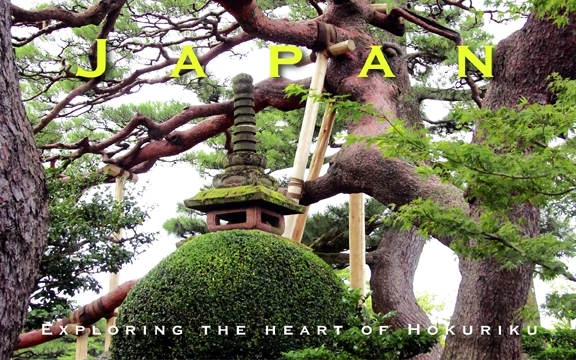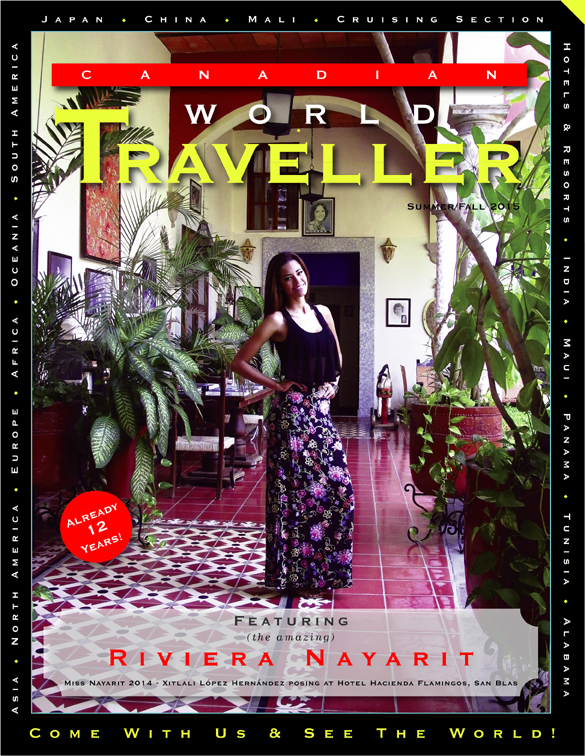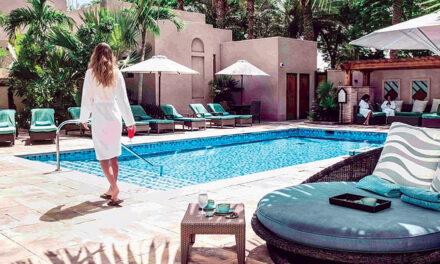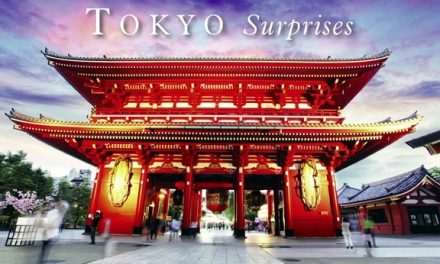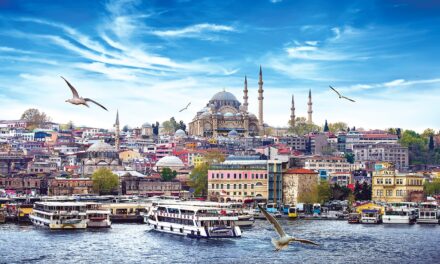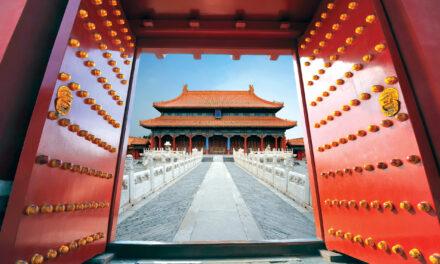Japan
Exploring the heart of Hokuriku
Article & Photography by Steve Gillick

At the Wajima morning market, you quickly discover that most of the vendors enjoy engaging locals and visitors alike in friendly banter. Many asked where we called home (Toronto) and then related their own trips to Niagara Falls! One woman saw me aiming my camera at her display of squid and fish, hanging out to dry. Just as I was about to click the shutter, she quickly parted the ‘curtain’ of squid, greeted me with a smiling “Ohayo Gozaimasu” (Good morning) and really seemed to enjoy my surprised look. We both laughed at the impromptu game of peek-a-boo.
After one thousand years of getting together – networking, if you will – to barter goods and trade stories, the women of Wajima continue to gather in what is now the Asa-ichi (morning market). They sell their farm produce as well as fish, conch and abalone, freshly caught in the Sea of Japan. And as part of the market experience, it’s important to know that sampling tiny squares of dried abalone is encouraged; buying grilled snacks of juicy scallops and spicy squid is expected; munching on rice crackers seasoned with sesame or nori (seaweed) is addictive, and wandering past colourful displays of seafood, vegetables, pickles and lacquerware is both fascinating and enticing.
However, when we arrived at the morning market at 10:00 am (it is open most days from 8:00 am to Noon), our visit to the city had almost concluded. The previous day we took the two hour bus ride from Kanazawa to Wajima, which is perched near the top of the Noto Peninsula in Ishikawa Prefecture. After checking into the Route Inn, a business-style hotel, we set out to explore the small town including the main temple and shrine, the public bath, a maze of interesting narrow streets leading to the shopping area, and the sake breweries. Luckily three sake stores were open and most likely, it would have been seen as disrespectful if we had not visited each one, chatted with the owner and tasted the delicious, smooth products (as well as purchased a few bottles).
Dinner that evening featured melt-in-your-mouth sushi and sashimi at Sukezushi.
Before heading to the market the next day, we took a local bus to Shiroyone Senmaida—the 1000 rice fields of Shiroyone. On a steep slope descending to the wild waves of the Sea of Japan, we found the 1004 small rice fields shimmering in the early morning sun. It’s one of Japan’s ‘places of scenic beauty’ and visitors can scamper up and down the fields to enjoy the awesome views. From mid-October to mid-March, 21,000 pink and yellow LEDs are planted in the rice fields and visitors flock to appreciate the amazing night scenery of the ‘Senmaida Light-Up’, reflected in the sea.
After returning to town to visit Wajima’s morning market, it was time to head back to Kanazawa.
Lonely Planet’s list of ‘best in travel for 2014’ featured Hokuriku, an area of Japan that literally means “Northlands” and forms a strip on the north coast of the Island of Honshu, stretching from Niigata across to Kanazawa, north to the Noto Peninsula and south to Fukui. On a visit in 2012 we became enamoured with Niigata’s markets, small towns, castles, onsens and izakayas, so it was an easy decision two years later to explore more of the Hokuriku region.
When you enter the ‘Motenashi” (welcome dome) in Kanazawa’s ultra-modern steel and glass train/bus station you get the feeling that you’re in for a very special visit, a feeling that is only enhanced when you pass through the dramatic ‘Tsuzumi-mon’, (wooden gate) that resembles a traditional Japanese hand drum, at the station’s east entrance. We checked into the Hotel Nikko just across the road, and then set out to discover the city.
The Omicho-Ichiba, often referred to as ‘Kanazawa’s Kitchen’ is only a 20 minute walk from the hotel. This busy, colourful market, where seafood and vegetable vendors shout out the daily specials, has been around for nearly 300 years.
To get into that ‘market spirit’, we slurped fresh oysters and devoured hot, savoury fish cakes. And then it was time to wander the aisles, inhaling the piquant fragrance of fresh, wasabi root, gaping at displays of tuna jaws and tuna eyes ready to pop into a soup, ogling at matsutake mushrooms selling for $35.00 a piece, and engaging the vendors in friendly conversation.
For travellers devoted to the niche market of visiting markets, the Omichi-Ichiba is the pot of gold. Coincidentally, the name Kanazawa means “marsh of gold” and refers to the legend of Imohori Togoro who was digging for potatoes in the area, only to discover flakes of gold.
With all that fresh food playing havoc with our senses, we purchased lunch to bring back to our hotel room: tender scallop sashimi, grilled smelt (Ayu) filled with eggs, Wild Yellowtail (Buri) sashimi, crunchy local pickles and a can of cold Sapporo beer. Our picnic for two cost about $12.00 Cdn.
Kanazawa is a very walkable, safe city but if time is limited, the Loop Bus is a great way to travel to all the attractions for about $2.00 per person.
The Nagamachi Samurai District was the home of the Kaga Clan in the 17th century. The restored Nomura house provides a fascinating glimpse into Samurai life and includes a classic garden, complete with a waterfall, Koi pond, and stone lanterns.
The enchantment of Japanese gardens continues at Kenroku-en, known as the Garden of the Six Sublimeties and recognized as one of the country’s three most beautiful landscape gardens. Features include scenic walkways, ponds, bridges, teahouses, ancient trees, lanterns and lookouts.
Nearby, the restored moat and turrets of Kanazawa Castle, originally built in 1592, provide remarkable insight into castle life and architecture.
The Higashi Chaya District was one of three areas where locals and travellers could be entertained by the songs and dances of geisha. Today the picturesque narrow streets are lined with Edo era-looking cafés and shops.
We finished the day at the 21st Century Museum of Contemporary Art, a round, glass structure that challenges visitors to approach art from all angles, even under water! One of the more notable exhibits is Leandro Ehrlich’s Swimming Pool, an interactive art installation where visitors seem to be walking on the bottom of the pool.
There are many more treasures to explore in Hokuriku. The bullet train that serves the Tokyo-Nagano-Kanazawa corridor makes it easy to access the region, including the dramatic Kurobe Gorge, the historic city of Takaoka, the contemplative temple at Eiheiji and the dramatic basalt cliffs at Tojinbo. But the heart of the region—and one that will capture yours– is Kanazawa and Wajima. Return visitors to Japan have a great excuse to break away from the well-visited Tokyo-Osaka routine and explore further.
Visit: www.jnto.go.jp/eng/location/routes/rtp/hokuriku/
Click on cover to view published article

